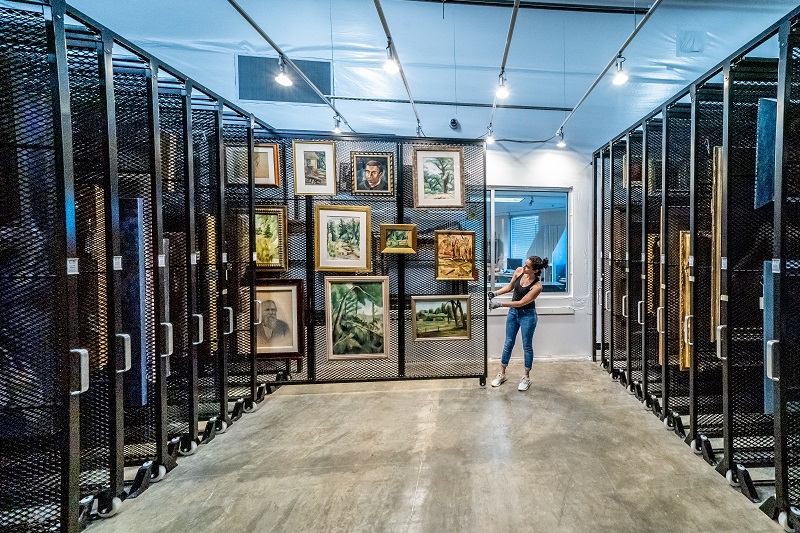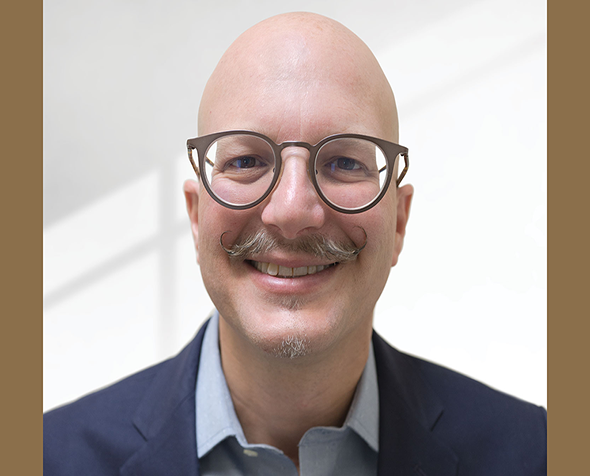Travel Grant Recipient Researches Textile Art in NYC
Blake Ballard (BA ’19) explores the intergenerational medium of crochet

Blake Ballard (BA ’19) came to DU to study computer science, but he quickly realized he needed to make a change. He switched to art, a major he “didn’t realize was feasible.” Since then, he’s come to appreciate the possibilities of being an artistic scholar and creator at DU.
“It was one of those ‘in the moment’ decisions that completely changed my outlook on my education, my social life and my potential job opportunities,” says Ballard. “It was only after this change that I realized the art department offered great faculty, small class sizes, travel opportunities and scholarships.”
The recipient of a DU ART Student Research and Travel Grant, Ballard headed to New York City after graduating with distinction to study textile crafts.
“My project centers on exploring family history through the medium of crochet. The DU ART travel grant awarded me funds to begin my research in New York, a city filled with textile, art and craft museums,” says Ballard.
The grant, available to undergraduate and graduate students in the School of Art and Art History, provides artists and researchers with funds to pursue their passions beyond the DU classroom. Funded by the DU ART board, community donations and alumni, the grant covered Ballard’s travel costs, accommodations, museum entrance fees and more.
Ballard says he would not have had a solid research foundation for his work without this grant: “I have a newfound appreciation for textile artists and plan on incorporating many of these themes and practices into future work.”
Grantees are chosen yearly by School of Art and Art History faculty, as well as DU ART board members. Annabeth Headrick, associate professor and director of SAAH, explains the value of Ballard’s multifaceted work, which explores family lineage through the intergenerational medium of crochet.
“The many layers of family history, gender, craft, art and art-making make [Ballard’s project] a compelling work in its finished state,” says Headrick. His work explores “ideas of gender and craft, with crochet often being a female craft. He further connected his current art-making practice to that of many generations, thus linking himself to legacy and family.”
Ballard usually works in printmaking, focusing on relief and lithography, but his time in DU’s art program has opened him up to new media. “Yarn, crochet and fabric are substances I repeatedly returned to during my final year at DU,” says Ballard, explaining he plans to continue exploring how these materials and practices fit into his existing work.
Every student should be open to the kinds of mentorship, assistance and opportunities available through the School of Art and Art History, Ballard says. “Always ask for help. Your professors, faculty and peers have all gone through similar experiences and have a vast array of advice. When your professor suggests that you apply for a scholarship, do it. You may not know how much those funds or mentorship can influence your education.”
Ballard hopes to give back to communities in higher education by helping students find the path that best fits their goals. “Whether this is in admissions, student advising or student affairs, I hope to create meaningful change by sharing my own experiences.”








